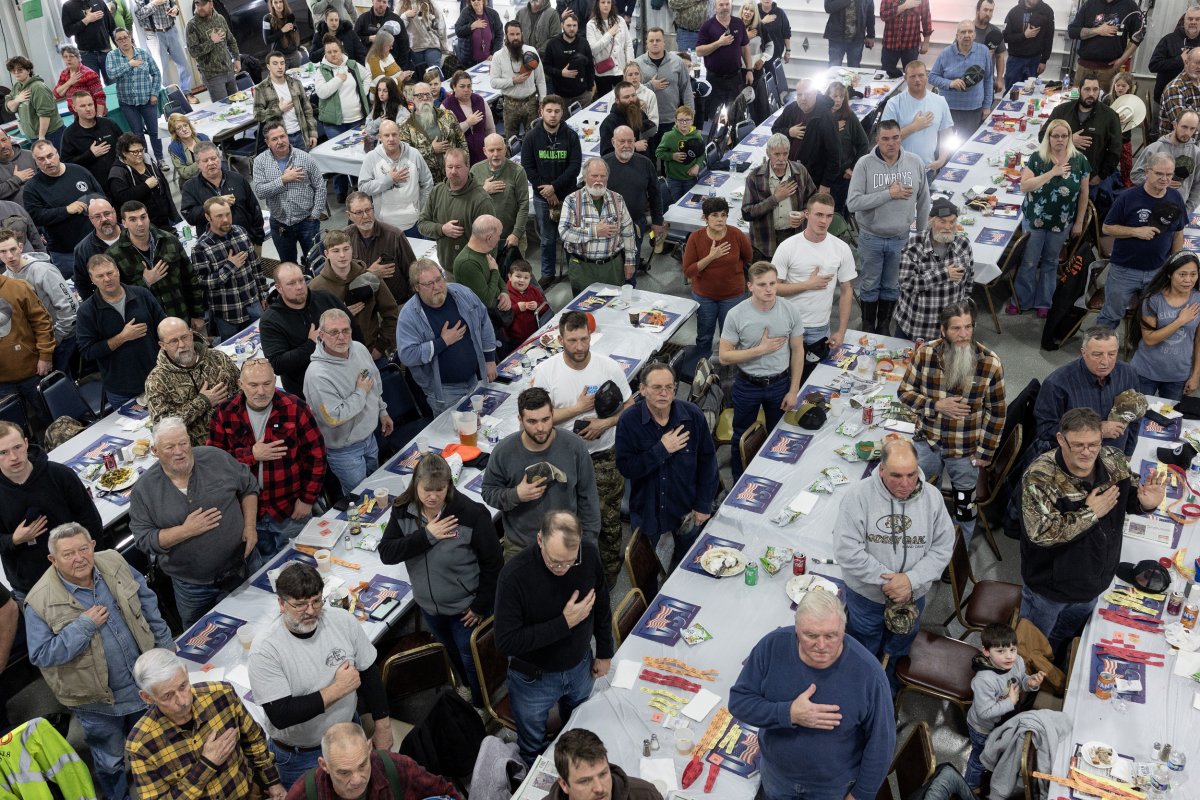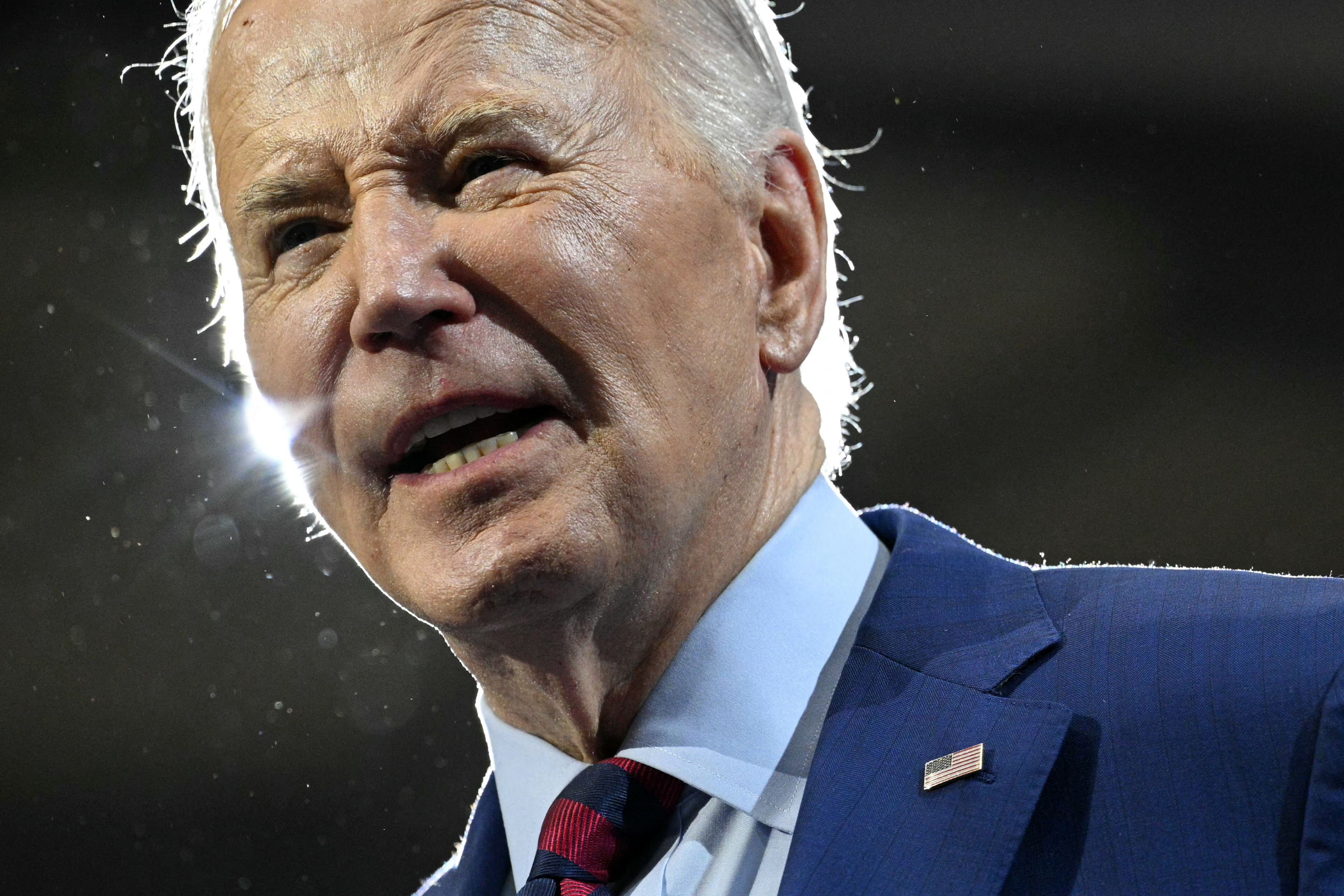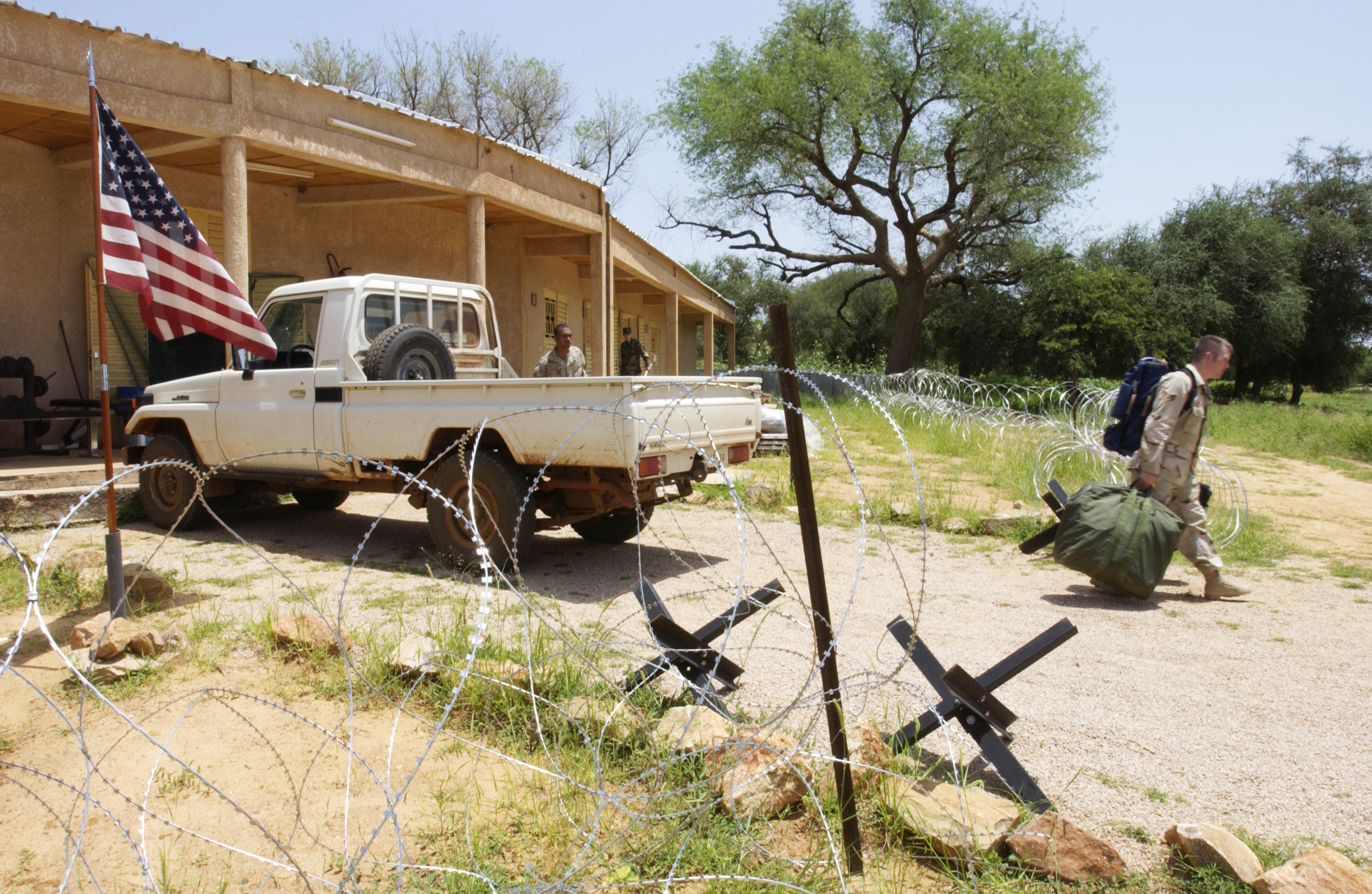Several months after my unsuccessful run for Congress in 2018, I was in the waiting room of a car-repair shop in rural southwestern Virginia, when they called my name.
"Your car's ready," the fellow said. Then, "Flaccavento ... You that guy who ran for Congress?"
"That's me," I replied.
"Well," he said, "I really liked what you stand for and you seem like a good guy. But I just can't vote for a Democrat."
I understood. How could I not? I'd heard it more times than I could count.
The auto repair guy was like so many people I'd met during my campaign across Virginia's 9th Congressional district, and for that matter, whom I've come to know during my 40 years in the region. He was white. His hands got dirty at work. He didn't trust Democrats anymore. But he was not in a rage.
Is "white rural rage" a real thing? It surely is. But unlike the caricature being peddled by the authors of a just-released book by that name, it is only slightly more prevalent among rural whites than among white Americans in cities and suburbs. Millions of people in our country are pissed off, fed up with a system they believe to be rigged, racially resentful, and as a result of all that, in thrall with people like Trump. An alarmingly large subset of these folks say that violence might be necessary to "save" our nation. But these folks are not just in rural areas, and for that matter, they're not all white.
In 2020, eight out of 10 Trump voters were in cities or suburbs. 80 percent! The country's 11 biggest cities alone provided more Trump votes than all of rural America. Meanwhile, among the people who stormed the Capitol on January 6, just 12 percent were from rural places. That compares with a rural population of nearly 18 percent. In other words, rural folks were significantly under-represented on January 6.

In their 2021 and 2022 surveys of more than 10,000 rural people, The Rural Voter authors Dan Shea and Nick Jacobs identified a type of person who fit the mold presented by the "white rural rage" peddlers: Angry, vitriolic, obsessed with politics, raising a stink at public meetings and social media alike. In a word, scary. But these "rabble rousers" as Shea and Jacobs called them were the exception to the rule, only about 10 percent of all rural respondents.
The white rural rage narrative claims that, whatever the struggles rural people might face, their rage and their support for Trump has little to do with economics; it's all about racism. Yet those of us who actually live and work in rural communities know that racism and resentment among many rural people are not one in the same. Rather, as Kathy Cramer concludes in The Politics of Resentment, a deep study of mostly white rural Wisconsin residents,"Racism is a part in this resentment, but we are failing to fully understand these perspectives when we assume that racism is more fundamental than calculations of injustice. The two elements are intertwined. The way these folks described the world to me, their basic concern was that people like them, in places like theirs, were overlooked and disrespected."
These "calculations of injustice" are the heart of the matter. And this is where organizations like the Rural Urban Bridge Initiative, of which I am a co-founder, focus our work. Our starting point is the reality that rural communities and small towns have been disproportionately hurt by low wages, extractive industries, investor-driven trade policies and an economic system that sucks wealth up rather than trickling it down.
Many folks characterize rural America as being "left behind", but that's misleading. We still raise the food, fiber, and materials people in towns, cities and suburbs use every day; still extract or harness the energy that powers millions of homes; still build, fix, and ship many of the things that make modern life comfortable for so many; and like our urban and suburban neighbors, teach our kids, tend to our sick, and govern our towns and counties.
We just get paid less for all of that, often much less.
And we get less public investment, in absolute terms and per capita, for building our economies and maintaining essential infrastructure. More than being "left behind" we've been taken for granted and worn down. That's where the calculations of injustice come from, and not just among white people: 41 percent of Latinos voted for Trump in 2020 and his support among working class voters of color is climbing.
Where have the liberal pundits, the Nobel laureate economists, and much of the Democratic Party establishment been through these four decades of decline? Sometimes driving the policies that made it happen, as when Bill Clinton championed NAFTA and other devastating trade deals. Other times as more passive enablers, including the Obama administration's hands-off approach to mergers and corporate concentration. And all-too-frequently, as glib commentators dismissing rural frustrations as nothing more than the last pangs of white privilege.
The issue is not whether Democrats show up every election cycle dressed in Carhardts, as one of the proponents of the white rural rage thesis has put it. It is whether or not we're there the other 23 months of the year, pushing for the policies, investment, and local actions that we know build prosperity.
The good news is that a growing number of people on the Left are coming to understand this, to see that hundreds of small towns and rural communities are bootstrapping their way to new and better economies, more sustainable farms and food systems, more effective ways to treat addiction and deliver health care. This is happening in rural areas with substantial populations of Black, Latino and indigenous populations as well as those that are predominantly white.
If we want to restore our democracy and diminish the appeal of Trump, nurturing this work to rebuild rural and small town America is one of the most important things liberals and progressives can do. As Alan Minksy, director of Progressive Democrats of America put it to me, "This has to be a priority for us, both because it's the right thing to do and because it is essential if we want to win politically."
That's one path we can take, one that shows real potential to build a racially and geographically diverse political movement that can build a fairer, better country for all.
The other path is to continue writing off tens of millions of rural Americans as deplorable racists, unwilling to help themselves. We know without a doubt where that road takes us.
Anthony Flaccavento is a farmer, author and Executive Director of the Rural Urban Bridge Initiative. He lives near Abingdon, VA.
The views expressed in this article are the writer's own.
Uncommon Knowledge
Newsweek is committed to challenging conventional wisdom and finding connections in the search for common ground.
Newsweek is committed to challenging conventional wisdom and finding connections in the search for common ground.
About the writer
To read how Newsweek uses AI as a newsroom tool, Click here.








